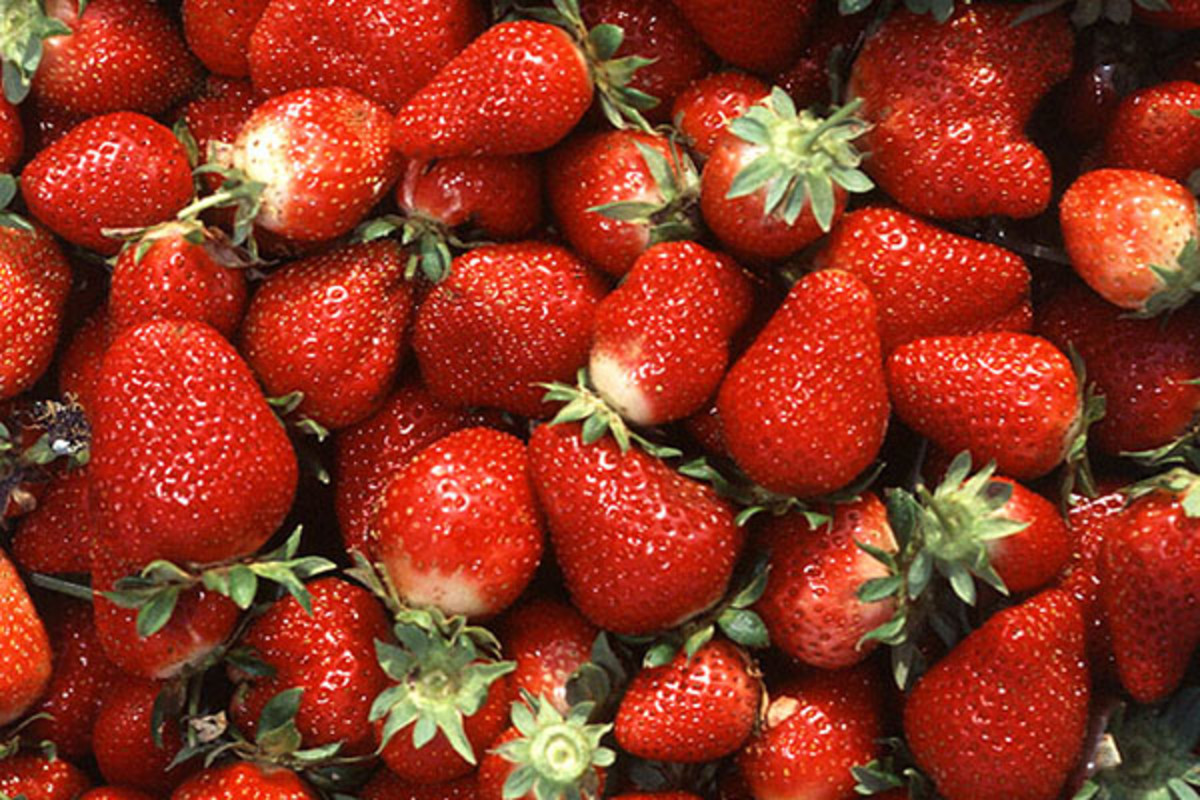From fragrant orange groves to sprawling vineyards, fruit plants encompass an extraordinary range of species that add both culinary and aesthetic value to our world. These remarkable plants, in their immense diversity, share common characteristics that define them as fruit-bearing species. This article explores the intriguing world of fruit plants, focusing on their unique characteristics and adaptations that allow them to thrive and bear their delicious bounty.
Understanding Fruit Plants
Botanically, a fruit is a mature ovary of a flowering plant, typically containing seeds. Fruit plants, therefore, include a wide variety of species in the plant kingdom, each with its own unique set of traits. Despite this diversity, these plants share some common characteristics, crucial for fruit production, which set them apart.
Flowering
Flowering is a defining characteristic of all fruit plants. The flower, once pollinated, develops into a fruit. Fruit plants are part of the angiosperms, or flowering plants, the largest group within the plant kingdom. The structure, color, and scent of flowers have evolved to attract specific pollinators, such as bees, birds, bats, or even the wind.
Fruit and Seed Production
The primary purpose of a fruit is to protect the seeds during development and aid in their dispersal. The characteristics of fruits vary widely among different species, influenced by the plant’s evolutionary strategies for seed dispersal.
For instance, some fruits, like apples or cherries, are sweet and enticing to animals, who eat the fruit and disperse the seeds in their droppings. Others, like coconuts, are designed to float on water and colonize distant shores. Yet others, like the dandelion or milkweed, develop into lightweight structures carried off by the wind.
Adaptations for Pollination and Fertilization
Fruit plants exhibit a multitude of adaptations to ensure pollination and fertilization, which are critical for fruit and seed production. Many fruit plants produce nectar or pollen to attract pollinators. Others have evolved flower structures that favor pollination by specific animals or the wind.
Some fruit plants are self-fertile and can produce fruit with pollen from the same plant or other plants of the same variety. Other species require cross-pollination from a different variety to produce fruit, promoting genetic diversity.
Growth Habits and Structural Characteristics
Fruit plants exhibit a wide range of growth habits and structural characteristics. Some are herbaceous plants, like strawberries or melons, while others are woody plants, including trees like apple or peach, or vines like grapes or kiwis.
Many fruit plants have evolved other structural adaptations related to their fruit production. For instance, plants like raspberries or blackberries have thorns or bristles, protecting the fruit from herbivores.
Conclusion
The world of fruit plants is as diverse as it is fascinating. Understanding the unique characteristics of these plants provides us with a deeper appreciation for their role in our ecosystems and our diets. Moreover, this knowledge is crucial for cultivating and breeding fruit plants, helping us maximize their yield and adapt to changing climatic conditions.
Fruit plants, in their myriad forms and flavors, continue to nourish and enchant us. Whether it’s the allure of a blossoming apple tree or the simple joy of harvesting homegrown tomatoes, the enchanting world of fruit plants is one ripe for exploration and enjoyment.



